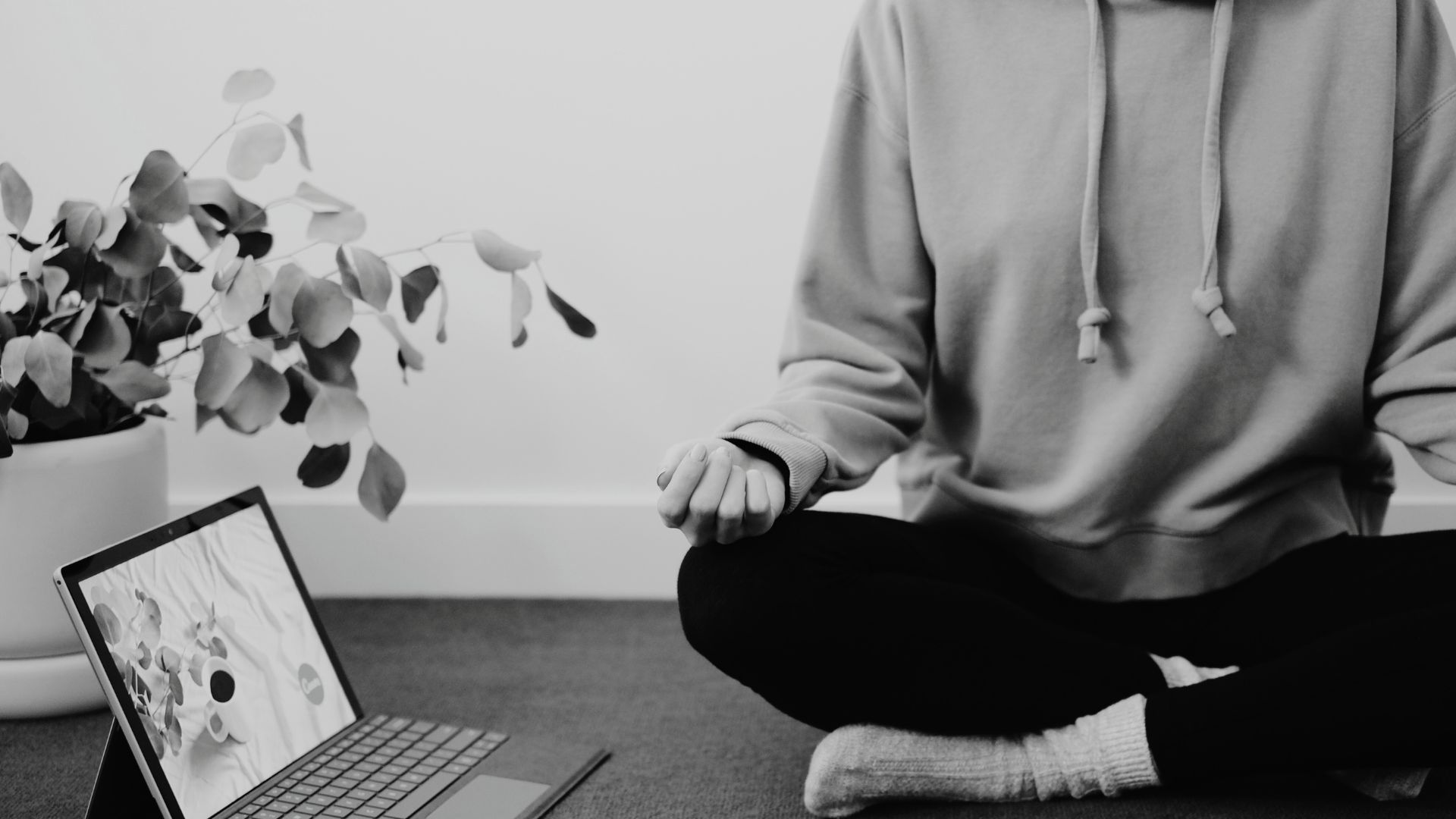In a context where digital permeates every aspect of daily life, the need arises to address the challenges it poses to our well-being. In this sense, mindfulness is presented as a powerful ally to become aware of one’s thoughts, emotions and sensations that can tell us a lot about ourselves.
In an increasingly fast-paced digital world, mindfulness offers a haven for the mind, helping us to disconnect from the constant noise and rediscover inner calm. The topic would deserve a different in-depth study but in this article we only intend to describe some aspects that are more easily understandable especially for beginners.
What is mindfulness?
Mindfulness is a thousand-year-old practice, which finds its roots in Tibetan Buddhism, oriented towards paying attention by focusing on the present experience without judgment, accepting thoughts and feelings with kindness. Breathing becomes an anchor to bring us back to the here and now, not letting ourselves be carried away by the “crazy monkey” that disorients us. The effects on both the short and long term are many. Simplifying, we can say that starting this practice allows you to distance yourself a little from the uninterrupted flow of the mind. Non-identification with thoughts, already at a first level, tends to reduce anxiety, while openness to experience allows you to welcome every moment with serenity.
The mind slowly becomes more receptive and broad, leaving room for intuitions and visions on different dimensions than those to which the mind is accustomed.
Human beings have always sought different experiences of contemplation, prayer and meditation. Today more than in the past it becomes essential to recover states of existence that allow us to return to the ground, to breathe quietly, to get out of the obsessive vortex of information.

Digital challenges to well-being
Social media, notifications and constant connection have become an integral part of our daily lives. This constant exposure to digital technology has a significant impact on our mental and physical health and has enormous impacts on a social level as well.
For example, a study conducted by Twenge and Campbell (2018) linked excessive social media use to an increase in depression symptoms among young people. Constant digital stimulation can also lead to decreased attention, empathy, and even sleep quality. It is in this context that mindfulness can be a valuable tool towards greater mental clarity.
How to apply mindfulness principles to digital
Integrating and familiarizing are two key verbs in an approach that intends to accommodate the different demands that life poses to us without necessarily having to make drastic changes. This is why even digital can help us, if used correctly.
Let’s start with awareness. Learning to recognize when we are too immersed in digital is in fact the first step to regain balance.
Logging out has become increasingly popular. These are set periods in which to completely distance yourself from your digital devices. These breaks allow you to reconnect with your inner self, reducing stress and improving concentration. However, they should not be considered as events in isolation. Rather, the goal should be to incorporate these interruptions into your daily routine.
Another approach is to introduce moments of self-listening during our days. For example, when responding to an email, one can observe their breathing and state of mind before starting. This small act can help reduce stress and keep the mind calm (and can save us a lot of problems).
What benefits does it lead to?
The benefits of combining mindfulness and digital are tangible. Recent research published in “Mindfulness” has shown that this practice linked to the use of digital devices can increase concentration and productivity. Additionally, meditation can help improve sleep quality, reduce anxiety, and increase emotional resilience.
Its adoption can also help improve interpersonal relationships. By being more aware of our reactions to online interactions, we can avoid unnecessary conflict and promote more empathetic communication.

Integrating worlds at the antipodes
The relationship between meditation and the digital context is an opportunity to regain our mental balance. From this point of view, mindfulness offers valuable tools to face the challenges of digital and take full advantage of its benefits. Integrating its principles into our digital lives can be the key to a more balanced and healthy life.
If you are interested in learning more about this path, do not hesitate to contact us!
The Digital Detox Design project is committed to disseminating the possibility of a world capable of integrating technological development with the rhythms of the human being: by listening to and making the best of this relationship we can grow personally and professionally.
